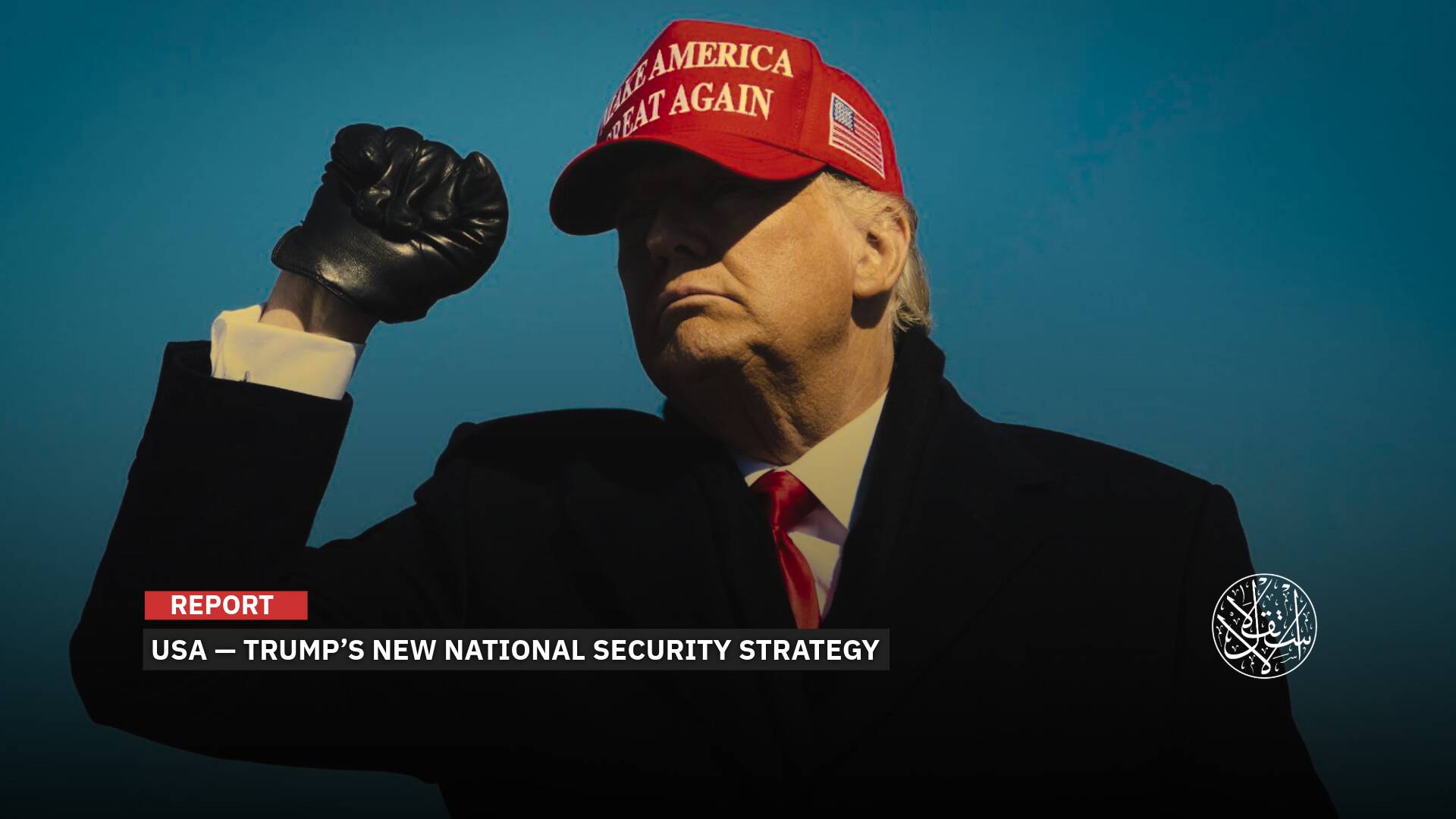Tech Battle: How the U.S. and China Compete for AI Leadership
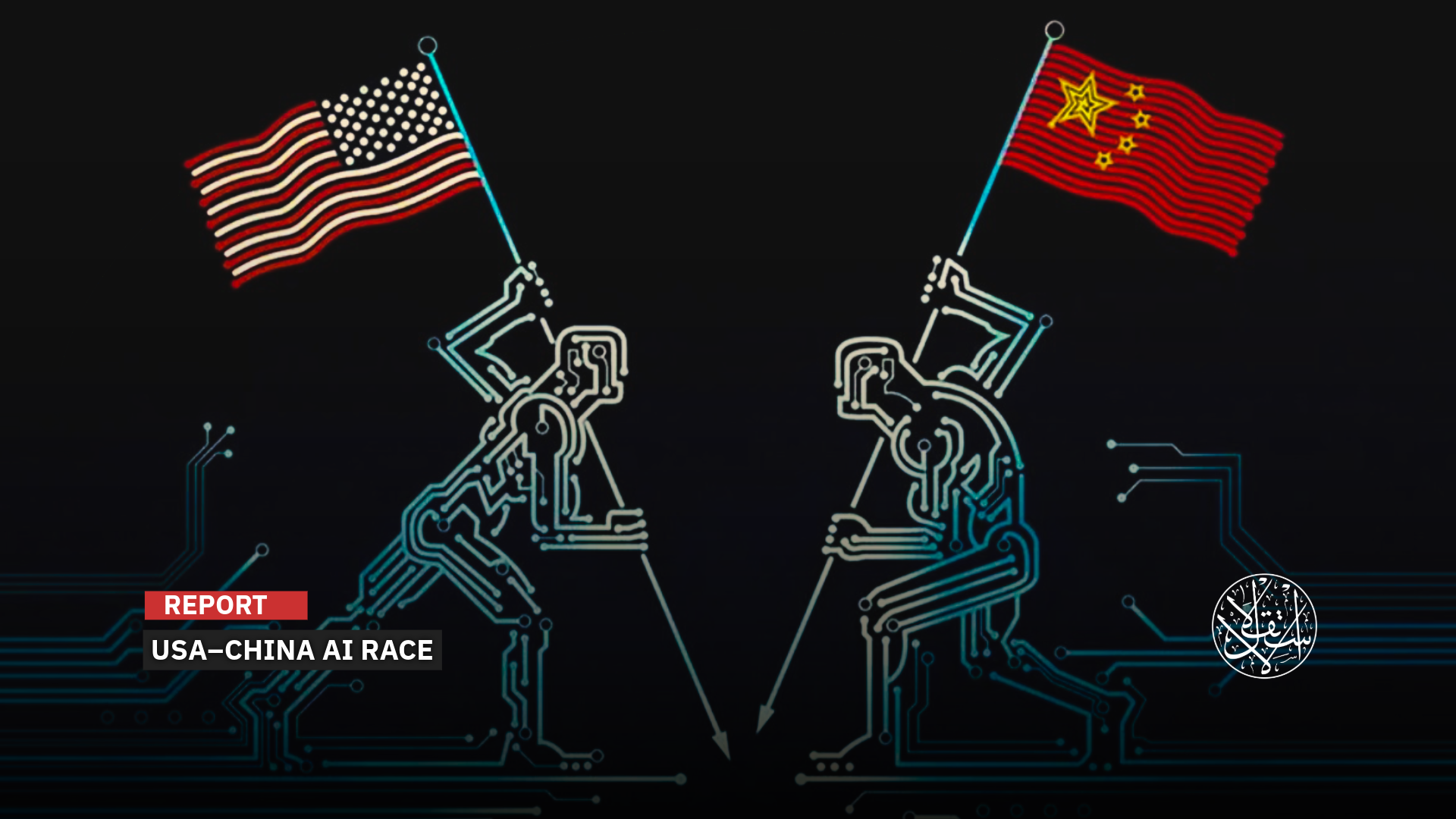
“China’s computing market will grow eight times faster than the U.S. by 2029.”
The world's population stands on the threshold of a divide that could split the digital future: one internet, one economy, and Western AI versus a version developed in the East.
In the American camp, prominent names such as ChatGPT from OpenAI, Gemini from Google, and Cloud from Anthropic stand out.
In the Chinese camp, local AI companies have launched their own competing giants, including DeepSeek, Baidu's ErnieBot, Alibaba's Coin, iFlyTek's SparkDesk, SenseNova from SenseTime, and many others.
Beijing aims to become a major technology innovation hub by expanding its core AI industry to more than $140 billion by 2030 and boosting the value of related sectors to $1.4 trillion over the same period.
In contrast, Washington may maintain its lead in basic research areas or in the influence of its companies on global consumers in developed countries.
Chinese Efforts
AI is now viewed as a new means of global influence in the coming period, and China is moving rapidly and widely as part of its ambition to become the leading power in this field by the end of this decade.
What China is achieving is not the result of chance, but rather the result of a clear strategy. The plan for developing the next generation of AI, developed in 2017, detailed a three-phase strategy, according to a paper issued by the World Economic Forum.
China's AI industry exceeds $70 billion and has grown to more than 4,300 companies, contributing to a continuous series of achievements.
In 2017, Beijing officially announced its plan to become a world leader in AI and has since invested billions of dollars to stimulate domestic innovation.
On October 24, the Chinese government pledged to broadly develop its high-tech sector over the next ten years, a day after concluding meetings in Beijing that addressed the country's future policy priorities.
China has poured massive financial support and investments into developing its science and technology sectors as part of its ongoing efforts to position itself as a leading global power in these fields, in opposition to Washington.
It is estimated that Chinese spending on AI in 2025 alone could reach around $100 billion, reflecting the scale of China's investment in this strategic sector.
Officials in Beijing have confirmed that industries such as quantum technology, hydrogen energy, nuclear fusion, and computing will gain significant momentum.
During the first industrial revolution, China lagged behind, but this time, with high-tech fields like AI, the situation is different, with expectations that China will become a leader in this sector.
On the other hand, some expressed hope that the new plan would address the significant economic challenges facing the world's second-largest economy.
China has recently been facing weak consumer spending, a prolonged real estate crisis, and a demographic crisis as its population begins to decline.
This year, however, China surprised the global tech community with the emergence of a startup called DeepSeek, which in two months developed a large language model that rivals leading Western models, offering comparable performance at much lower cost and computing power.
In November, Alibaba launched a powerful new AI model and announced plans to build data centers around the world, while Tencent entered the race with its Hunyuan-A13B model, which boasts speed, intelligence, and open scalability for programmers.
These developments point to a concerted effort by the Chinese government, major corporations, and startups to close the gap with the West in AI.
In this context, Jensen Huang, CEO of Nvidia, the world's largest chip manufacturer, warned against American complacency.
He emphasized that the U.S. is not far ahead of China in the AI race, adding that Chinese society is characterized by its rapid adoption of new technologies.
China has the world's largest internet user base, providing it with an ideal platform for testing AI products on a large scale.
Chinese models are also designed to run on cheaper, less power-hungry hardware, making them more cost-effective than their Western counterparts.
Pedro Domingos, a professor of computer science at the University of Washington, said that China is now moving at the same pace as the U.S., having caught up after years of work, and is now on the front lines trying to move forward.
He noted that there is a widespread misconception about the US’s superiority in large language models, pointing out that Baidu's deep learning group, founded in 2010, was ahead of many American companies at the time.
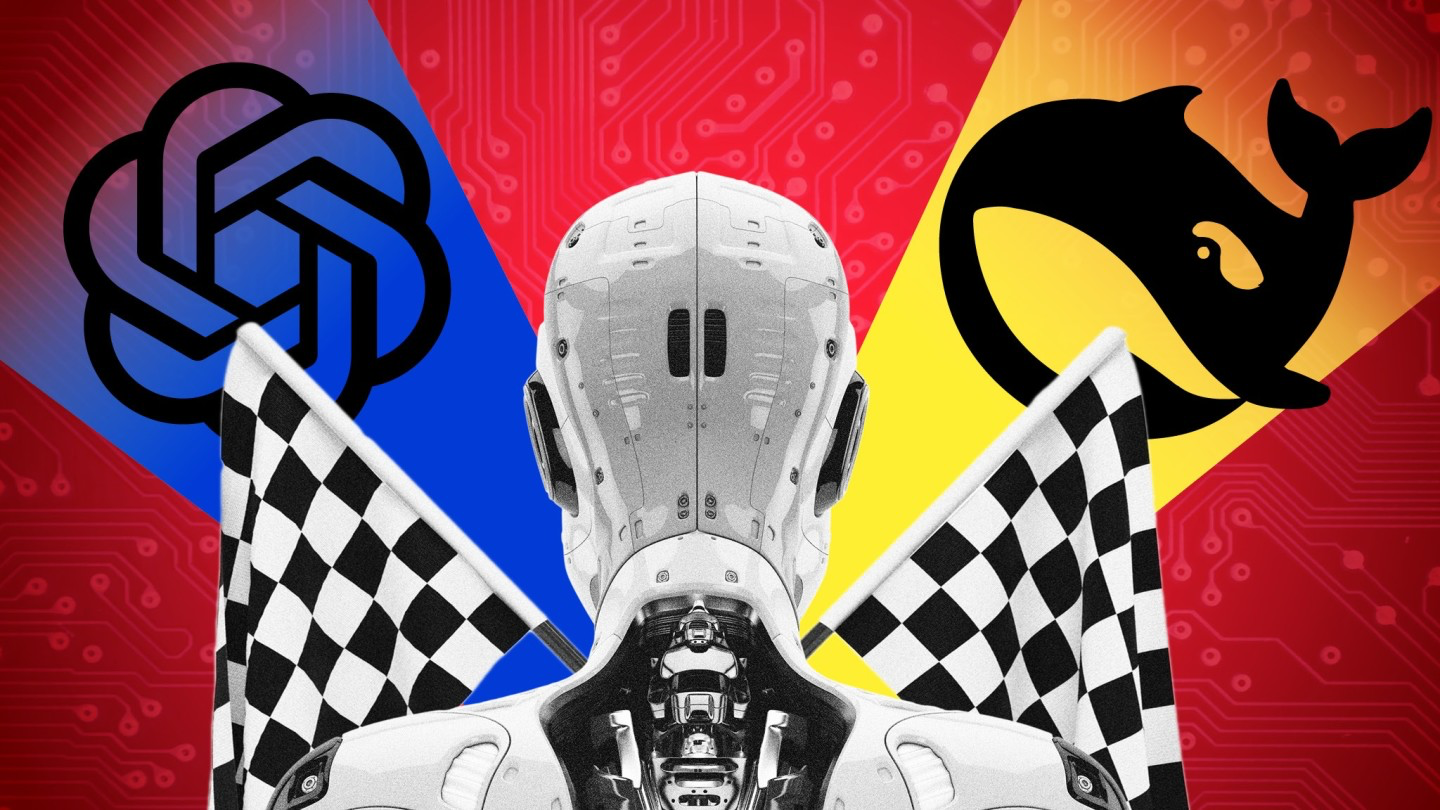
Global Power
A distinctive feature of China's approach is the complementary relationship between its government and its tightly regulated technology sector.
The country has numerous existing regulations that impact the development and use of AI.
China is investing heavily in AI development, focusing on key business scenarios and solving problems in the industrial, financial, healthcare, and transportation sectors.
Despite its rapid progress, China still lacks the advanced chips needed to train large language models quickly and efficiently.
In recent months, Washington has moved to impose strict restrictions on China's access to advanced technologies, particularly in the areas of AI and supercomputing, arguing that these technologies could be used for military or surveillance purposes.
The U.S. has banned the export of semiconductors and their manufacturing tools to China, forcing Chinese companies to rely on older, less efficient equipment and build a domestic ecosystem and supply chain.
In response, Beijing has banned the import of products from American companies such as Micron Technology and intensified its efforts to achieve technological self-sufficiency by investing heavily in chip manufacturing and developing domestic companies capable of challenging the Western monopoly in this sector.
While the US restrictions were expected to curb China's technological progress, they have actually helped propel it forward in some areas.
In a related development, China has witnessed an unprecedented level of adoption of AI technologies.
The number of generative AI users in China has doubled to 515 million in just six months, according to a report released by the China Internet Network Information Center (CNNIC).
According to EE News, this significant growth represents an adoption rate of 36.5% in the first half of 2025, reflecting China's position as a global AI powerhouse.
A study of 30,000 participants from 31 provinces showed that young people and professionals constitute the majority of users, with those under the age of 40 accounting for approximately 74.6% of the user base.
Education level also plays a significant role, with university graduates accounting for 37.5% of the total user base.
This indicates that AI adoption is currently concentrated among educated, digitally native groups capable of utilizing these tools in work and daily life.
It is noteworthy that China currently accounts for approximately 47% of the world's top AI researchers.
As of June 2024, China accounts for 26% of the world's total computing power.
The Shanghai Declaration, adopted at the World AI Conference in July 2024, reflected China's commitment to strengthening global AI governance, enhancing cooperation, and promoting inclusive development.
By 2025, China plans to make major advances in the foundational theories of AI.
It aims to make AI a key driver of the country's industrial and economic transformation, while also working to make strong progress in advancing the development of a smart society.
Over the past decade, it has established a solid foundation to support an AI economy and is strategically exploring AI to rapidly and broadly transform certain sectors.
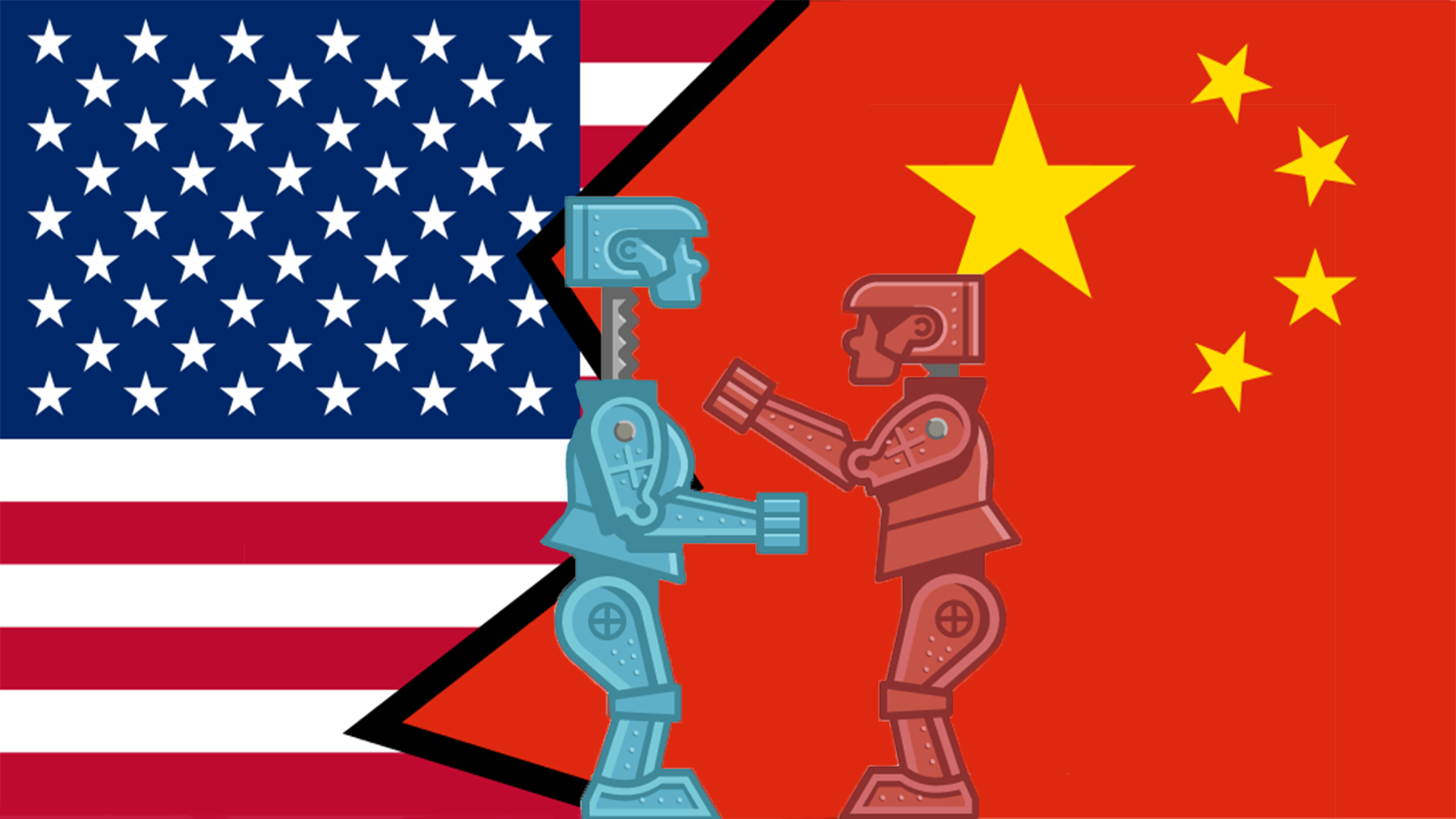
Tech Competition
The ongoing US-China tech war is set to escalate further, with new projections indicating that China’s computing market will grow eight times faster than the US by 2029.
According to market insights from Stocklytics, China’s computing sector is projected to surge by 42% and reach nearly $30 billion by 2029, overtaking the US market’s expected $22.5 billion.
Amid the escalating trade war between the U.S. and China, each side is trying to build its own AI system, independent of the other.
China is investing in the production of its own chips (such as Huawei's Kirin 9000S chips) and supporting local startups like Biren and Cambricon.
The U.S. is restricting the export of advanced chips, preventing companies like NVIDIA from selling its A100 and H100 chips to China.
However, this could lead to the world dividing into technological blocs, duplicating efforts rather than global integration, and thus slowing the collective development of AI, according to observers.
Although the U.S. leads the field of AI with certain technological advantages, China is rapidly catching up, and Beijing's government strategy is almost identical to Washington's.
China has demonstrated that it turns obstacles into opportunities for development and growth and may inadvertently benefit from U.S. immigration restrictions, which could help China retain more talent.
Washington's efforts to deny American technology to Chinese companies may also encourage the latter to develop their own technologies, driven by the need that underlies all innovation.
It cannot be overlooked that China will capitalize on technological advancements in all fields, especially intelligence and military.
On the other hand, the U.S. still leads the world in total public and private spending on AI research and development.
It boasts a massive private sector that pumps billions of dollars annually into AI startups, as well as into megaprojects within companies like Google, Microsoft, Facebook, and Apple.
In 2023, private investment in American AI companies was estimated at approximately $68 billion, a figure many times greater than that in China.
The US government has also launched initiatives to fund AI research (e.g., the Defense AI Innovation Plan).
The US model is characterized by the private sector leading the way, while the government provides support in key areas such as university research and enabling policy development.
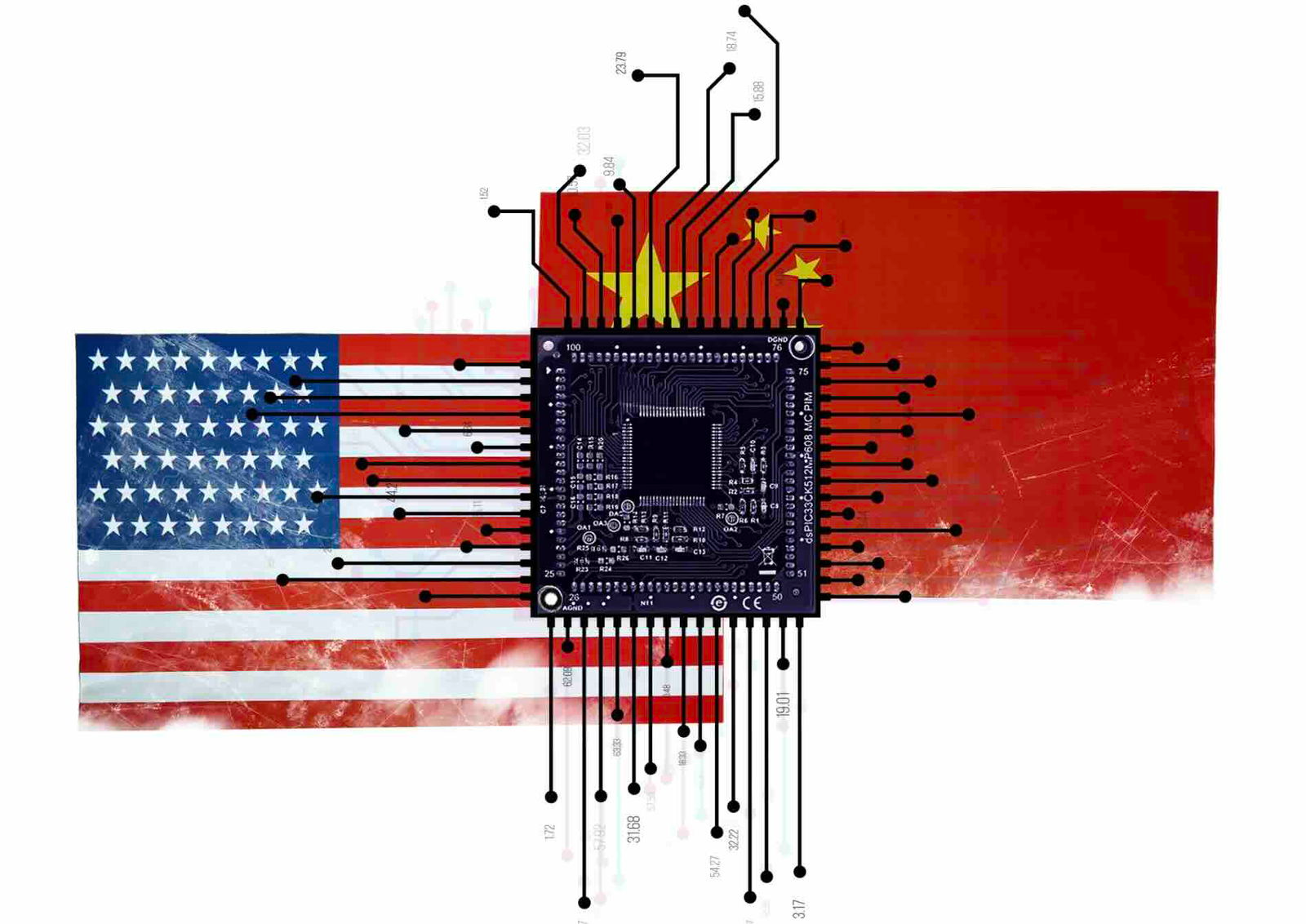
In turn, Engineer Ziad Ayoubi explained to Al-Estiklal that “the competition over AI is no longer just a technological race between Washington and Beijing, but has become a battle to redraw the balance of economic and geopolitical power.”
“With the ongoing US-China tensions, fears are growing that the technological competition will turn into an open war that could redraw the map of global alliances in the coming years,” he added.
“Even if current indicators suggest a significant US advance, recent Chinese actions could change the landscape by 2030, and we may see a closer balance between the two giants,” he concluded.
Sources
- China Deepens Push for Tech Self-Reliance Ahead of US Talks
- China set to become global leader in AI, report warns
- AI in China: A Sleeping Giant Awakens
- Lessons from ‘Made in China 2025’: Will China Achieve its Vision for 2035?
- How China Is Advancing in AI Despite U.S. Chip Restrictions
- Tech war: DeepSeek fires up AI deployments into PCs, robots and EVs amid US sanctions
- US-China tech war: China’s computing market to outgrow US by 8X by 2029









